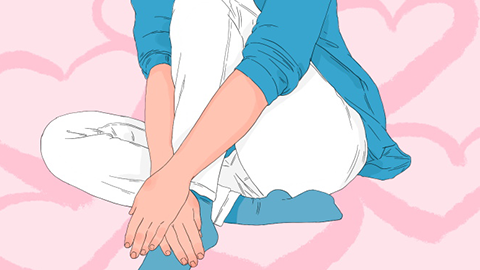How to Care for and Recover Quickly from a Sprained Ankle
Generally, after a foot sprain, recovery can be quick through adequate rest, cold compresses, dietary adjustments, massage, and proper use of medications. The details are as follows:

1. Sufficient Rest
After a foot sprain, the primary task is to stop all activities immediately to avoid further injury. Allow the injured foot sufficient rest and avoid any activities that might worsen the injury. This helps reduce bleeding and swelling, promoting recovery.
2. Cold Compress
Within the first 48 hours after the sprain, apply an ice pack or cold towel to the affected area. Each cold compress should last 15-20 minutes, repeated every 2-3 hours. Cold compresses constrict capillaries, reducing local bleeding and exudation, thereby effectively alleviating swelling and pain. Be sure to wrap the ice in a towel to prevent frostbite.
3. Dietary Adjustments
During the recovery period, patients should focus on consuming high-protein and high-calcium foods such as eggs, milk, lean meats, fish, and soy products. These foods are rich in high-quality protein and calcium, which help repair the injured area and strengthen bones.
4. Massage
In the middle to later stages of foot sprain recovery, appropriate massage can promote blood circulation, accelerate the absorption of bruising and inflammation, help reduce swelling and pain, and aid in the repair of soft tissues. During massage, gentle techniques should be used, avoiding excessive pressure or massaging the injured area directly to prevent further damage.
5. Proper Use of Medications
If there is significant pain, non-steroidal anti-inflammatory analgesic drugs can be used under a doctor's guidance, such as ibuprofen sustained-release capsules, indomethacin liniment, meloxicam tablets, etc., to relieve pain and reduce local inflammatory response.
After a foot sprain, patients should attend regular follow-up appointments so doctors can assess the recovery progress and adjust treatment plans accordingly. Additionally, maintaining a positive and optimistic mindset and cooperating with treatment will help achieve a speedy recovery.





